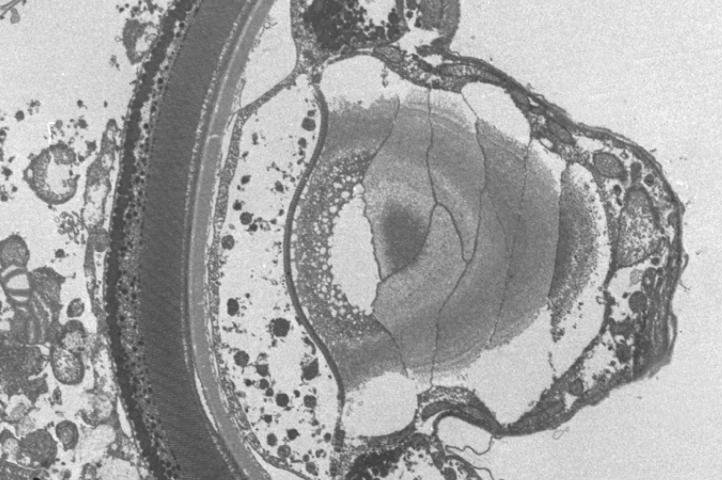VANCOUVER, British Columbia, July 1 (UPI) -- As a new study reveals, warnowiids, a type of single-celled marine plankton, possess a tiny, human-like eye. Researchers believe the Warnowiid dinoflagellates use the eyes to spot prey.
"It's an amazingly complex structure for a single-celled organism to have evolved," study author Greg Gavelis, a doctoral student in zoology at the University of British Columbia, said in a press release. "It contains a collection of sub-cellular organelles that look very much like the lens, cornea, iris and retina of multicellular eyes found in humans and other larger animals."















